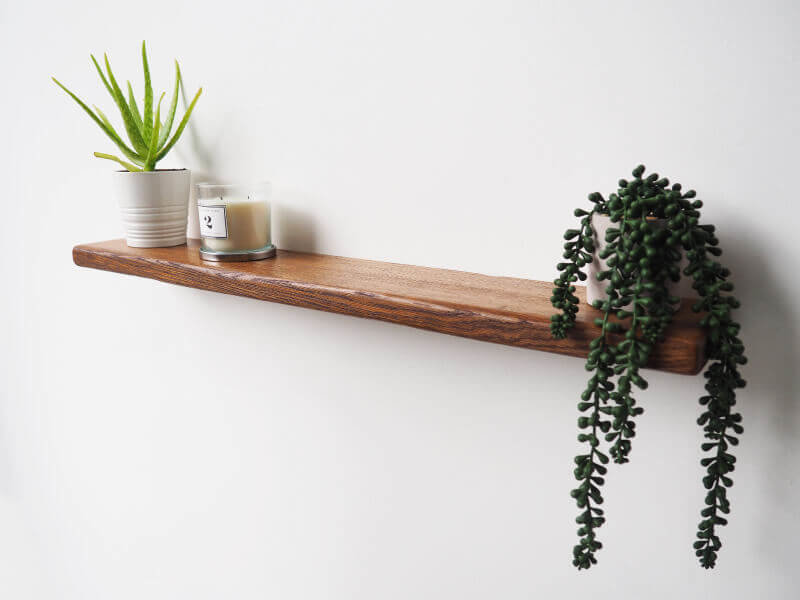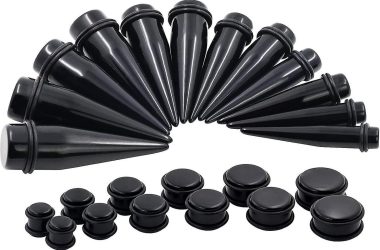As it pertains to home storage, floating wall shelves are really versatile. They can be added just about anywhere, from the garage to your family room, bathroom, bedrooms, or kitchen. Line the shelves with storage baskets to conceal clutter, or display decorative items, children’s toys, or books. The options are virtually endless. Plus, floating shelves can be finished in a multitude of ways to support any decor. Work with a bright paint color to contrast the wall and have modern pop, or make use of a classic wood stain to create a rustic, traditional feel. Creating floating wall shelves is such a simple carpentry project, that even a newcomer can tackle it. All you need with this project is wood, a recording measure, sandpaper, a leveler, a jigsaw, L- brackets, varnish, and wood stain or paint and paintbrushes. When you’re ready to go, simply follow these instructions. Check out the following website, if you’re searching for more information concerning hairpin bedside table.
First, you have to determine the shelving dimensions. The typical thickness for a shelf is one, however you can create shelves of any length or width, according to your preferences and the room you have. Once you’ve determined the dimensions, assess the wall space with your tape measure, transfer the measurement to the wood, and then slice the wood to the required length utilizing the jigsaw. Utilize the sandpaper to erase the jagged edge left behind by the jigsaw. This will give your shelf a clean, smooth finish. If the wood is jagged on other edges, smooth those out as well. Stain or paint the whole shelf before attaching it to the wall. Wood may require more than one coat of paint. Make sure to allow the paint dry completely before applying another coat. When the paint or stain is wholly dry, apply varnish. This can supply the shelf a protective finish that minimizes day-to-day wear and tear. If you like the shelf to be glossy, apply an additional coat of varnish. You need to gently sand the shelf between varnish coats to ensure a clean finish.
Attach the L brackets to the shelf first. It is recommended spacing them every inch for a stronger, more stable shelf. Now attach the shelf to the wall. It can be recommended to employ a leveler to guarantee the shelf is perfectly even. You may even go to another level and create brackets that match the theme of the room. For example, try glued-together kitchen utensils for an eye-grabbing set of brackets in the kitchen. Or what about gluing old video cassettes to a thin metal bracket for a display close to the TV. You may also take cheap brackets and decorate them. Try attaching CDs onto brackets for a striking stereo shelf or sticking ribbons and bows on an ordinary shelf bracket in only a little girl’s room. The sky’s the limit. Go wild with some decorative shelf brackets.







